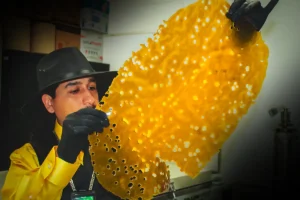
Demystifying Cannabis Shatter: A Deep Dive into Its Unique Qualities
In recent years, the world of cannabis concentrates has expanded rapidly, offering consumers a plethora of options to explore. One such concentrate that has
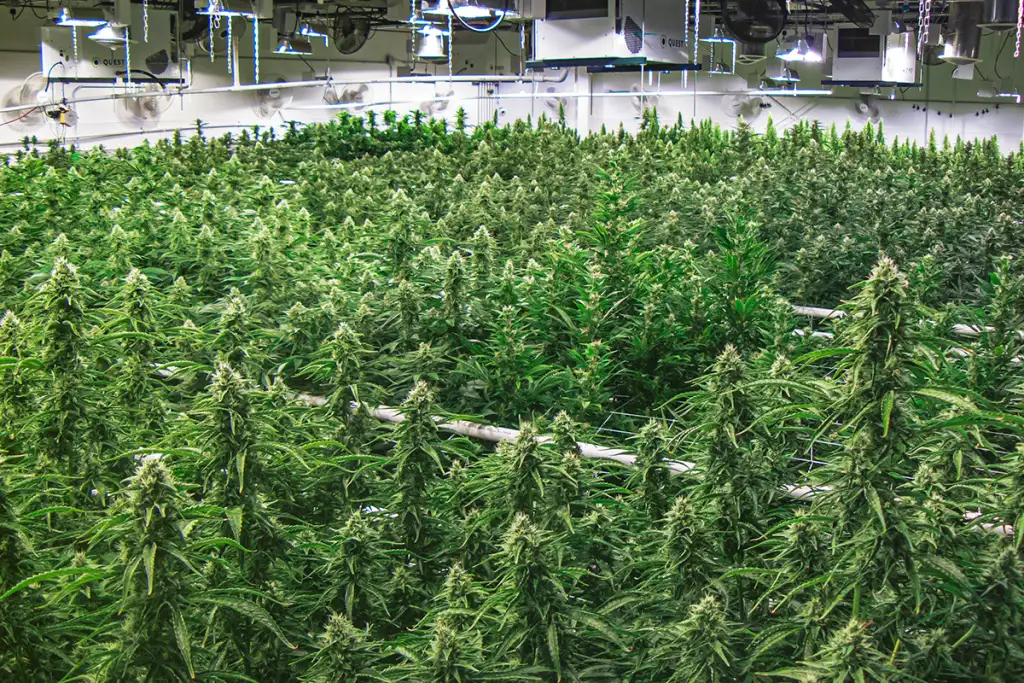
Deciding what strains to grow will only get you halfway to starting a garden. Once you know what to grow you have to figure out how to get it.
There are a few ways that cannabis growers share and get genetics. Clones can be cut from plants during the vegetative cycle, and seeds can be bred through one of two kinds of pollination.
Most people know that the female marijuana plant produces the buds, or flowers, with the concentration of active cannabinoids, so it’s not a big surprise that cannabis is naturally a dioecious plant, meaning there are separate male and female plants. But have you ever thought about how rare that is?
Ninety percent of plants are monoecious or hermaphroditic, meaning each individual plant has both male and female reproductive organs. Cannabis stands with Ginko, Juniper, and Willow as a plant that has evolved into dioecy to prevent self-pollination and encourage genetic variety through cross-breeding.
Naturally, cannabis is bred by fertilizing a flowering female plant with the pollen produced by a male plant. The seeds produced represent a cross between the genetics of the two parents. Natural, regular, or unfeminized: whatever you call them, when these seeds sprout, they yield about half male and half female plants. Growers of natural seeds have to monitor their plants at the beginning of the flowering cycle in order to identify the first signs of sexual characteristics so that they can identify the males from the bud-producing females.
For a lot of growers, the benefits of feminized seeds are obvious: you can obtain seeds guaranteed to produce female plants. This meant that you don’t have to sprout so many seeds at a time just to get the bud-producing females that you want. You don’t have to worry about introducing pollen into your garden and compromising your sensimilia.
Anyone who’s ever purchased marijuana seeds is likely familiar with the feminized variety, but do they all know how seed producers can control the sex of the seeds? While cannabis is dioecious, it also retains the ability to exhibit hermaphroditic characteristics under stress as a survival technique. Environmental stressors, like light cycle interruptions, can trigger female plants to “herm out” and grow feminized seeds.
Feminized seeds were produced this way in the olden days, and many growers believe they yielded strains that were predisposed to intersexuality (they would “herm out” more quickly than other, more stable, strains). Over the years, the technique has been refined in an attempt to increase stability, and now breeders produce commercial feminized seeds by exposing female plants to colloidal silver (which is pure silver) or gibberellic acid (a natural hormone) to cause hermaphrodism, allowing the plant to self-pollinate.

In recent years, the world of cannabis concentrates has expanded rapidly, offering consumers a plethora of options to explore. One such concentrate that has
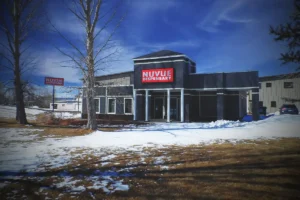
In the heart of the picturesque landscape of Gunnison, Colorado, a new beacon of cannabis culture has emerged. NuVue Pharma, the renowned cannabis dispensary chain,

As the cannabis industry continues to evolve, so do the ways we can access our favorite products. Online ordering for pickup has become a game-changer

In recent years, the conversation surrounding cannabis has shifted from taboo to a more open and accepting dialogue. One area gaining attention is
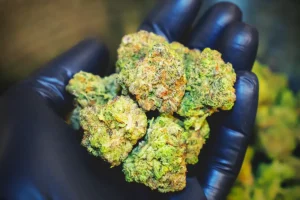
Cannabis cultivation has come a long way, and enthusiasts are often keen on preserving their harvest for extended periods. The key to maintaining the
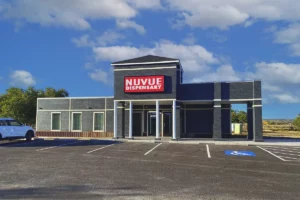
It’s the company’s sixth location in Colorado. By Joseph Williams Journal staff writer for The Durango Herald Amid a statewide decline in cannabis sales, NuVue Pharma
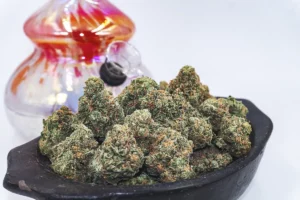
Cannabis cultivation is an art, and every artist knows that the beauty of their masterpiece lies in the details. The flowering stage is one of
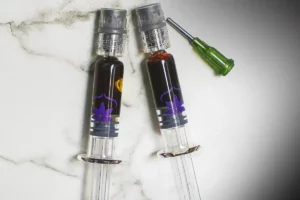
Rick Simpson Oil, named after its creator, Rick Simpson, is a highly concentrated cannabis extract known for its potential medicinal benefits. It’s made by extracting
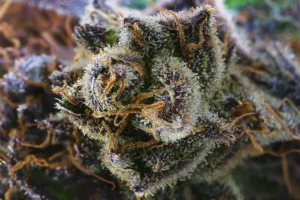
Let’s dive into one of the most critical aspects of our beloved plant: amber trichomes! What are Amber Trichomes? Trichomes are those tiny, hair-like structures
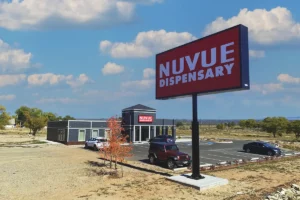
Cannabis enthusiasts, rejoice! Cortez, Colorado is now home to an exciting addition to the NuVue Pharma dispensary chain that’s causing a buzz in the local